The triple point of a substance is the temperature and pressure at which the substance exists as which of the following?
Simultaneously in sol, gel, and plasma phases
As a gel with solid and liquid trapped in gas
As a sol with gas and solid trapped in liquid
Simultaneously in solid, liquid, and gas phases
Correct Answer : D
The triple point of a substance is the temperature and pressure at which the substance exists simultaneously in solid, liquid, and gas phases ¹. In thermodynamics, the triple point of a substance is the temperature and pressure at which the three phases (gas, liquid, and solid) of that substance coexist in thermodynamic equilibrium.
The other options are not correct because they do not accurately describe the triple point of a substance. Sol, gel, and plasma are not phases that coexist at the triple.
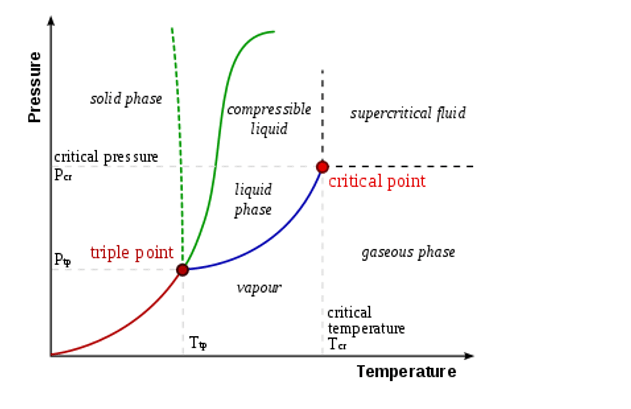
TEAS 7 Exam Quiz Bank
HESI A2 Exam Quiz Bank
Find More Questions 📚
Teas 7 Questions: We got the latest updated TEAS 7 questions
100% Money Refund: 100% money back guarantee if you take our full
assessment pass with 80% and fail the actual exam.
Live Tutoring: Fully customized live tutoring lessons.
Guaranteed A Grade: All students who use our services pass with 90%
guarantee.
Related Questions
Correct Answer is A
Explanation
The function of a totipotent cell is to develop into any kind of cell ¹. Totipotent cells have the capacity to produce all adult cell types and can enter the germ line, contributing genetic material to succeeding generations ?. They have the ability to self-replicate, producing daughter cells that are identical to the parent ?.
The other options are incorrect because they do not accurately describe the function of a totipotent cell. Fighting infectious diseases, aiding in the maturation of sex cells, and carrying electrical impulses are not functions performed by totipotent cells.
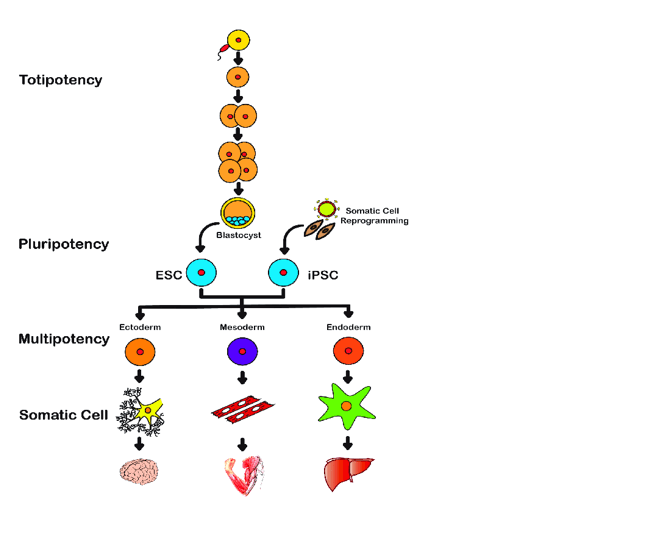
Correct Answer is A
Explanation
An efferent neuron that is responsible for releasing a neurotransmitter that stimulates a muscle cell to contract is a motor neuron ². Motor neurons carry signals from the brain to the peripheral nervous system in order to initiate an action. The neurotransmitter acetylcholine (ACh) is released by motor neurons at the neuromuscular junction in skeletal muscle, causing the muscle to contract ³.
The other options are incorrect because they do not accurately describe the type of neuron responsible for releasing a neurotransmitter that stimulates a muscle cell to contract. Interneurons are found within the central nervous system and facilitate communication between sensory and motor neurons. Sensory neurons carry information from sensory receptors to the central nervous system. Neuroglia are support cells for neurons and do not transmit nerve impulses.
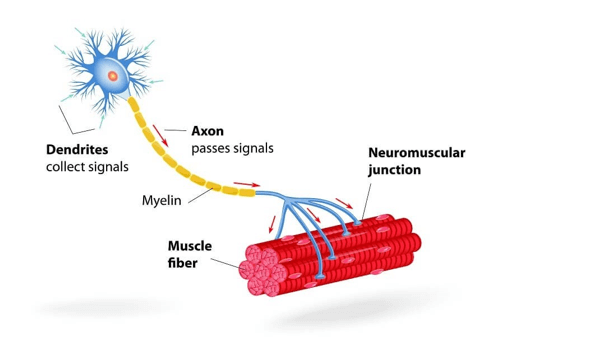
Correct Answer is C
Explanation
The correct answer is c. Fibrinogen. Fibrinogen is a protein present in blood plasma that plays a key role in blood clotting. When an injury occurs and bleeding begins, fibrinogen is converted into fibrin, which forms a mesh-like structure that helps to trap blood cells and form a clot.
A. Monocytes are a type of white blood cell, not a protein present in blood plasma.
B. Platelets are cell fragments that play a role in blood clotting, but they are not a protein present in blood plasma.
D. Lymphocytes are a type of white blood cell, not a protein present in blood plasma.
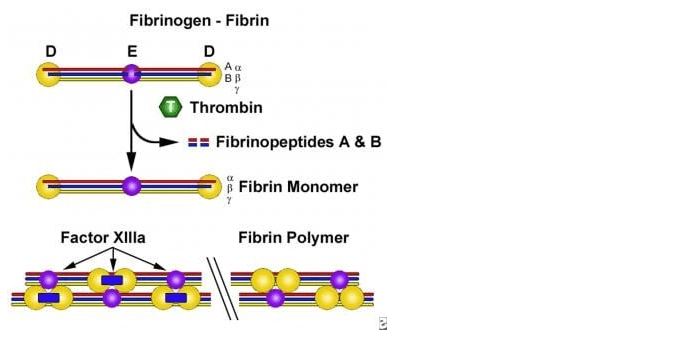
Correct Answer is C
Explanation
The parotid gland is an exocrine gland that secretes saliva into the mouth. Exocrine glands secrete their products into ducts that carry the secretions to the body's surface or into body cavities. The other options are endocrine glands, which secrete hormones directly into the bloodstream. The pineal gland secretes melatonin, the parathyroid glands secrete parathyroid hormone, and the pituitary gland secretes several hormones that regulate various bodily functions.
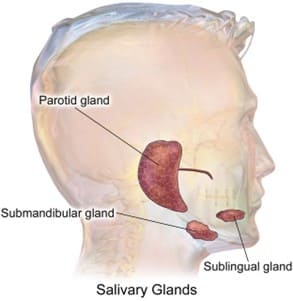
Correct Answer is A
Explanation
Perforins are immune system molecules that create holes in the cell membranes of their target cells in order to destroy the cell. Perforins are proteins that are released by cytotoxic T cells and natural killer cells
They form pores in the target cell membrane, allowing water and ions to enter the cell and causing it to swell and burst.
The other options are not correct because they do not accurately describe the immune system molecules that create holes in the cell membranes of their target cells. Interferons, cytokines, and lymphotoxins do not create holes in cell membranes.
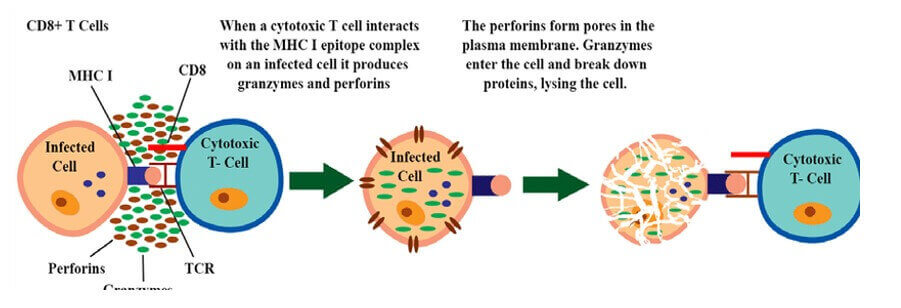
Correct Answer is D
Explanation
D. The opening of potassium channels allowing potassium to leave the neuron
The correct answer is d. The opening of potassium channels allowing potassium to leave the neuron. Repolarization of a neuron occurs after an action potential, when the neuron's membrane potential returns to its resting state. This is achieved by the opening of potassium channels, which allows potassium ions to flow out of the neuron. This movement of positively charged ions out of the neuron helps to restore the negative membrane potential.
A. The inhibition of sodium and potassium pumps would not allow for repolarization because these pumps are necessary for maintaining the resting membrane potential.
B. The opening of sodium channels would cause depolarization, not repolarization.
C. The closing of both sodium and potassium channels would restrict ion movement, but it would not allow for repolarization.
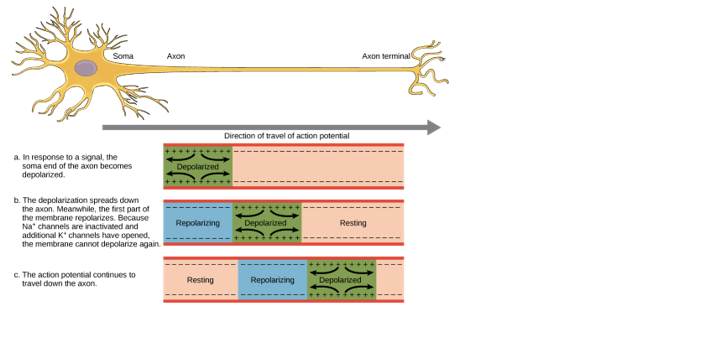
Correct Answer is C
Explanation
The correct answer is c. Data are biased by the methodology. The researcher's data should be rejected because they are biased by the methodology used to gather them. By only using a small net, the researcher excluded all large birds from the study. This means that the data do not accurately represent the average wing strength of all birds found in the American Northwest.
A. The data contradicting the control group is not a reason to reject the data in this case.
B. The data being different than expected is not a reason to reject the data in this case.
D. The data not being able to be displayed graphically is not a reason to reject the data in this case.
Correct Answer is B
Explanation
The structure that is present in both prokaryotic and eukaryotic cells is the cell membrane ². The cell membrane is a thin layer that surrounds the cell and separates its internal environment from the external environment ². It is composed of a lipid bilayer and proteins and regulates the movement of substances into and out of the cell ².
The other options are not correct because they are not present in both prokaryotic and eukaryotic cells. The endoplasmic reticulum, chloroplast, and Golgi apparatus are organelles that are only found in eukaryotic cells ².
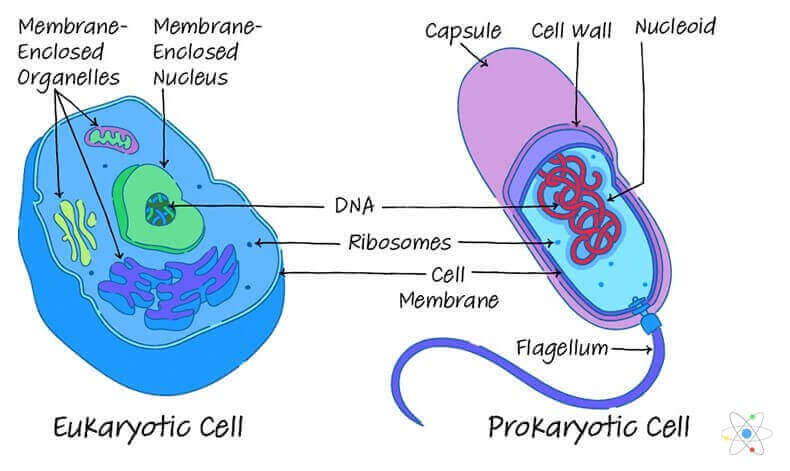
Correct Answer is C
Explanation
The best reason for the prolonged preservation of the body is that it was frozen in the cold temperature of the Alps shortly after death and remained frozen until it was found. Freezing can preserve a body by slowing down or stopping the decomposition process.
The other options are not as likely to have caused prolonged preservation.
Ultraviolet rays can damage molecules rather than preserve them. Toxins in food would not necessarily kill all bacteria that could cause decomposition. Blood loss from an arrow wound would not necessarily clear all enzymes that could break down tissue.
Correct Answer is B
Explanation
The correct answer is b. Spectrophotometer. A spectrophotometer is a tool that can be used to measure the turbidity of a liquid by measuring the transmission of light through the sample. Turbidity is a measure of the cloudiness or haziness of a liquid caused by the presence of suspended particles. A spectrophotometer measures the amount of light that passes through the sample and compares it to the amount of light that passes through a reference sample to determine the turbidity.
a. A centrifuge is a tool used to separate components of a mixture based on their densities, not to measure
turbidity.
c. A microdensitometer is a tool used to measure the optical density of an image, not to measure turbidity.
d. An electrophorometer is a tool used to separate charged particles based on their size and charge, not to measure turbidity.
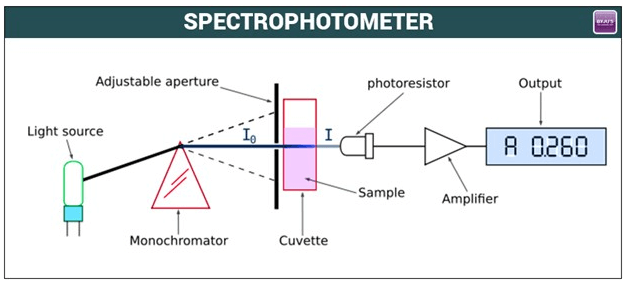
This question was extracted from the actual TEAS Exam. Ace your TEAS exam with the actual TEAS 7 questions, Start your journey with us today
Visit Naxlex, the Most Trusted TEAS TEST Platform With Guaranteed Pass of 90%.
Money back guarantee if you use our service and fail the actual exam. Option of personalised live tutor on your area of weakness.
